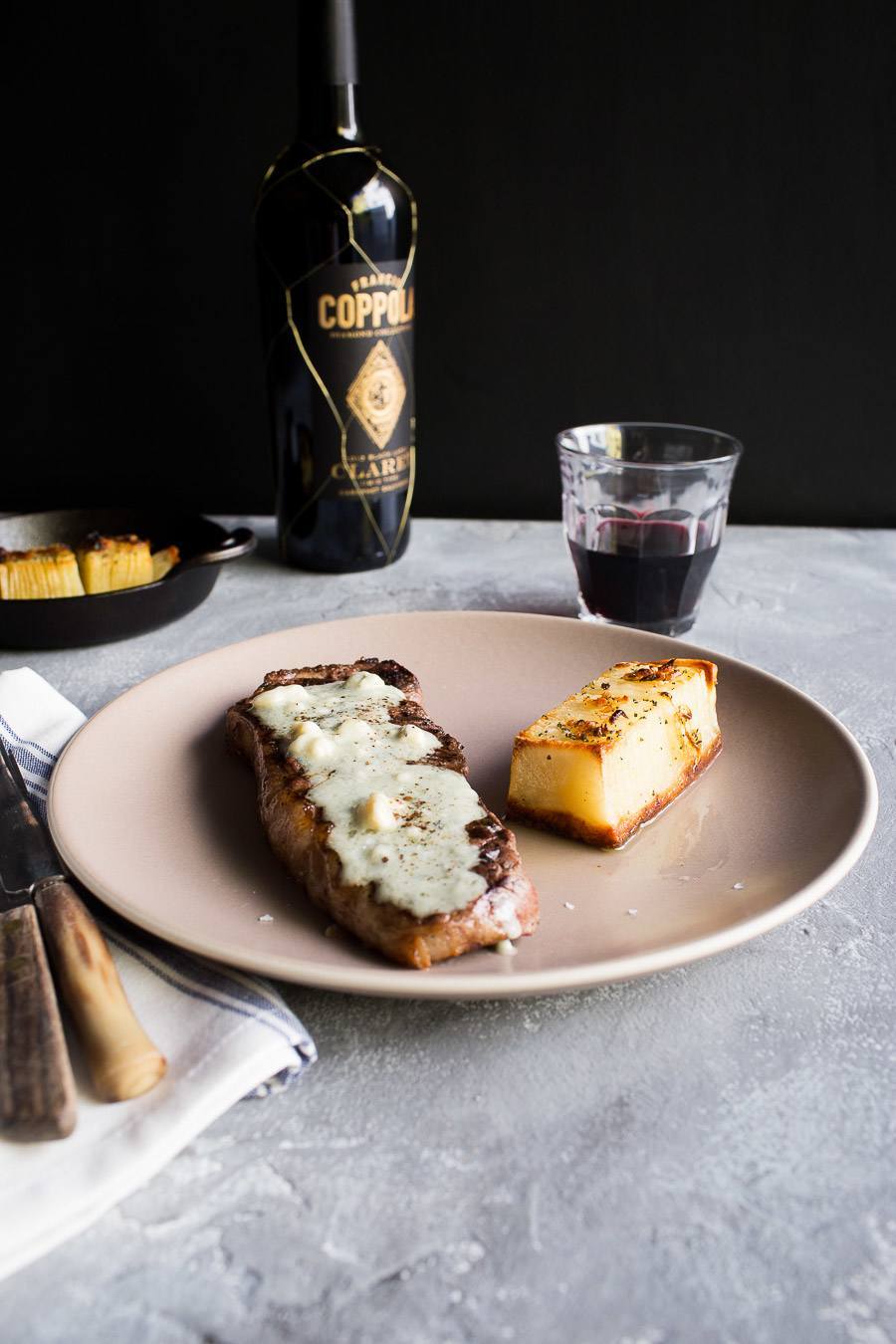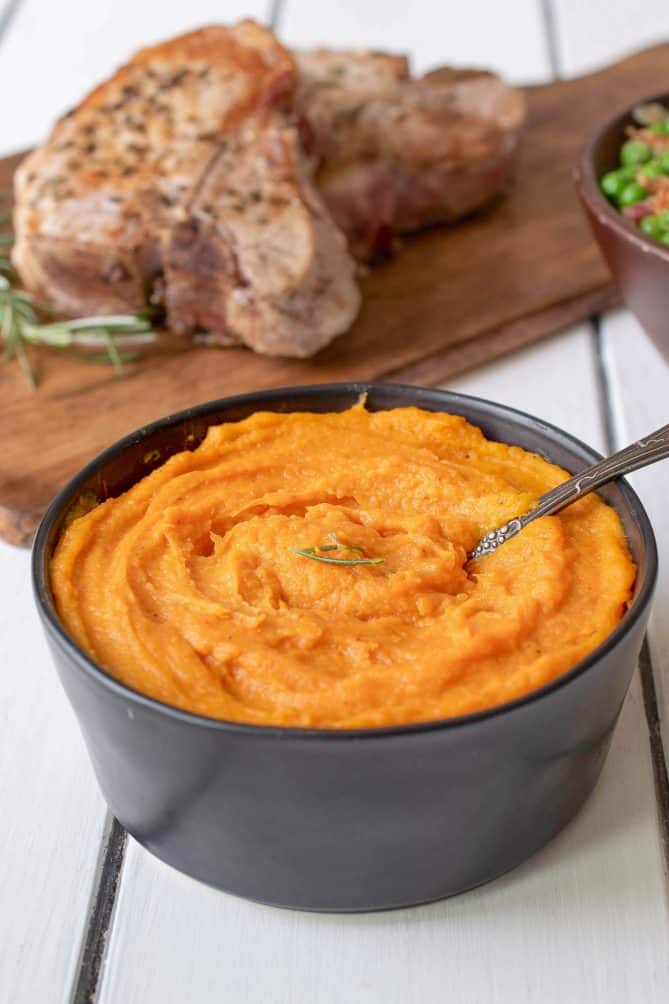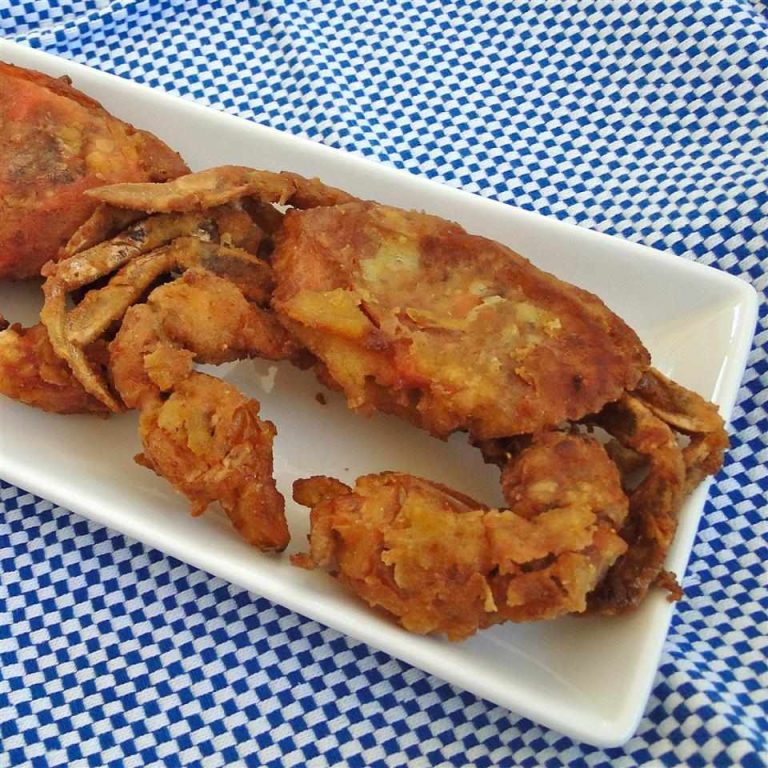Roquefort Sauce Recipe: A Gourmet Guide
Roquefort sauce stands out due to its creamy texture and robust flavor. It’s made from Roquefort cheese, which is produced exclusively in the caves of Roquefort-sur-Soulzon, France. This blue cheese is known for its tangy, slightly salty taste that enhances the richness of the sauce. When heated, Roquefort cheese melts into a velvety consistency, marrying perfectly with the sauce’s cream and butter elements. The penicillium roqueforti mold gives the cheese its distinctive marbling and sharpness, setting it apart from other blue cheeses.
Pairing Steak With Roquefort
Pairing steak with Roquefort sauce creates a culinary harmony that delights the palate. The rich, umami flavors of a medium-rare steak complement the sharp, tangy notes of the Roquefort sauce. Ribeye, filet mignon, and New York strip steaks are excellent choices, as their marbling holds up well against the sauce’s bold flavors. For best results, grill or pan-sear the steak to achieve a crisp exterior and juicy interior. Serve the Roquefort sauce generously over the steak, allowing the flavors to meld together. The result is a gourmet dish that’s both sophisticated and satisfying.
Ingredients and Preparation
Key Ingredients for Roquefort Sauce
Roquefort sauce relies on a few key ingredients to achieve its distinct flavor. To make this sauce, you’ll need:
- Roquefort Cheese: 100 grams, crumbled. This cheese provides the sharp, tangy base.
- Heavy Cream: 200 milliliters. The cream balances the sharpness with a rich, smooth texture.
- Butter: 30 grams. Adds depth and a silky consistency.
- Shallots: 1 finely chopped. Enhances the savory profile.
- White Wine: 50 milliliters. Adds acidity and complexity.
- Salt and Pepper: To taste. Complements and balances the flavors.
- Select the Steak: Opt for cuts like ribeye, filet mignon, or New York strip. These cuts offer the best marbling and tenderness.
- Seasoning: Liberally season the steaks with salt and pepper. Cover all surfaces evenly.
- Preheat the Pan: Use a heavy skillet or cast-iron pan. Heat the pan over medium-high until it’s smoking hot.
- Cooking: Place the steaks in the pan. Cook for 3-4 minutes per side for medium-rare. Adjust the time according to your preferred doneness.
- Resting: Remove the steaks from the pan and let them rest for at least 5 minutes. Resting ensures the juices redistribute.
- Making the Sauce: While the steaks rest, melt butter in the same pan over medium heat. Sauté the shallots until translucent. Add the white wine and let it reduce by half. Pour in the heavy cream and incorporate the Roquefort cheese. Stir until the sauce thickens.
- Serving: Plate the steaks and generously pour the Roquefort sauce over them.
This pairing highlights the rich, complimentary flavors, creating a gourmet dining experience.
Cooking Techniques
Grilling vs. Pan-Frying Steaks
Consider grilling and pan-frying your steaks for different textures and flavors. Grilling imparts a smoky aroma and sears the exterior, creating a delicious crust while allowing the interior to remain juicy. Use a hot, preheated grill, and sear each side for 4-5 minutes for medium-rare doneness.
Pan-frying offers more control over the cooking process. It creates a caramelized surface and retains the steak’s juices, ensuring tenderness. Use a well-seasoned cast-iron skillet, heating it until smoking. Sear each side for 3-4 minutes and finish in the oven at 400°F if necessary for even cooking.
Tips for Making Creamy Roquefort Sauce
Ensure a smooth, creamy consistency for your Roquefort sauce to enhance the steak’s flavor. Start by melting butter in a saucepan over medium heat. Add finely chopped shallots, and cook until translucent. Pour in heavy cream, and bring to a gentle simmer, stirring constantly.
Crumble Roquefort cheese into the cream, and stir until fully melted. Season with freshly ground black pepper to taste. Keep the sauce warm on low heat until ready to serve. Avoid boiling to prevent curdling and separation. Serve the sauce immediately over the steak for the best flavor experience.
Serving Suggestions
Recommended Side Dishes
Opt for side dishes that balance and complement the rich flavors of steak with Roquefort sauce.
- Green Vegetables: Steamed asparagus, sautéed spinach, or roasted Brussels sprouts provide a necessary contrast with their earthy and slightly bitter tones.
- Potato Dishes: Creamy mashed potatoes, roasted baby potatoes, or crispy potato wedges add a comforting, starchy element to the meal.
- Salads: A crisp, green salad with a light vinaigrette can refresh the palette. Consider arugula with a lemon dressing, or a simple mixed greens with balsamic vinegar.
- Bread: Warm, crusty bread like baguettes or sourdough can soak up the remaining Roquefort sauce, ensuring no flavor goes to waste.
Wine Pairings
Pair wines that enhance the flavors of both the steak and the Roquefort sauce.
- Red Wines: Select bold reds like Cabernet Sauvignon, Bordeaux, or Syrah. Their robust flavors match the intensity of the Roquefort sauce and a hearty steak.
- White Wines: Choose full-bodied whites such as Chardonnay or Viognier if you prefer white wine. Their complexity and slight oakiness align well with the dish.
- Fortified Wines: Consider a glass of Port or Sherry for a distinctive pairing. The sweetness contrasts the saltiness of the Roquefort, providing an interesting flavor dynamic.
- Sparkling Wines: Try a Champagne or a sparkling wine for a refreshing choice. Their acidity and bubbles cleanse the palate between bites.
Conclusion
Creating the perfect steak with Roquefort sauce is more than just a recipe; it’s an art that brings together rich flavors and culinary techniques. By mastering the balance between the savory steak and the tangy Roquefort sauce, you can elevate any meal to a gourmet experience. Whether you prefer grilling or pan-frying, the key lies in cooking the steak to your desired level of doneness and ensuring your Roquefort sauce is smooth and creamy. Pair your dish with complementary sides and a well-chosen wine to round out the meal. With these tips, you’ll be well on your way to impressing your guests and delighting your taste buds.






